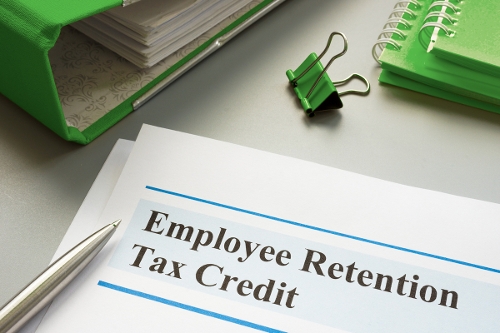
January 31, 2024
In the ever-evolving landscape of tax regulations and relief programs, the Internal Revenue Service (IRS) has introduced a significant update to its Employee Retention Credit Voluntary Disclosure Program (ERC-VDP). This program is a crucial lifeline for businesses grappling with the complexities of the Employee Retention Credit (ERC), a cornerstone of the CARES Act designed to support businesses during the COVID-19 pandemic.
A Second Chance for Businesses with ERC Claims
The essence of this new update lies in offering a reprieve to businesses that mistakenly claimed the ERC. Recognizing the challenges faced by these entities, the IRS is allowing them to repay only 80% of the total ERC received for the tax years 2020 and 2021 free of penalties and interest. This opportunity, however, is not open-ended; businesses need to apply and be accepted into the ERC-VDP by March 22 to be eligible for this reduced repayment rate.
Addressing the Complications of ERC Claims
The ERC, while a beneficial relief measure, came with its set of complexities. As the program matured, the IRS observed a surge in erroneous claims, often facilitated by third-party promoters. These claims often did not meet the intricate qualifying criteria of the program. To mitigate this, the IRS paused new ERC payments in late 2023 and introduced stricter compliance measures.
The updated ERC-VDP is a response to the feedback from businesses that found themselves unable to repay the full amount of the credit, often due to portions paid to third-party promoters. IRS Commissioner Danny Werfel highlighted the need for this initiative, acknowledging the eagerness of many employers to correct their errors and the financial constraints they face.
Voluntary Withdrawal and Repayment to Avoid Future Liabilities
Businesses still in the process of having their ERC claims processed by the IRS can choose to withdraw these claims voluntarily. This pre-emptive step can safeguard them against future penalties and interests. For those who have already received the credit but believe they do not qualify, voluntarily returning the money can also absolve them from future liabilities related to the ERC claims.
Navigating the ERC-VDP
To be eligible for the 80% ERC-VDP, businesses must not be under criminal investigation or known for noncompliance by the IRS. Additionally, they should not be under employment tax examination for the relevant periods and must not have received a prior notice for repayment.
Further Steps for Participating Businesses
Participating businesses may need to re-amend their 2020 and/or 2021 tax returns to restore the payroll deduction to the original amount, depending on whether these returns were previously amended for the ERC. In cases where immediate repayment is not feasible, the IRS is open to considering installment agreements on a case-by-case basis.
The IRS's updated ERC-VDP offers a pragmatic solution for businesses caught in the intricate web of ERC claims. It not only provides a financial cushion but also aligns with the broader objective of the CARES Act – to support businesses through the pandemic-induced economic turmoil. As the March 22 deadline looms, businesses are encouraged to evaluate their positions and take necessary steps towards compliance and financial stability.
For more information, please visit the IRS page Frequently asked questions about the Employee Retention Credit Voluntary Disclosure Program | Internal Revenue Service (irs.gov)
